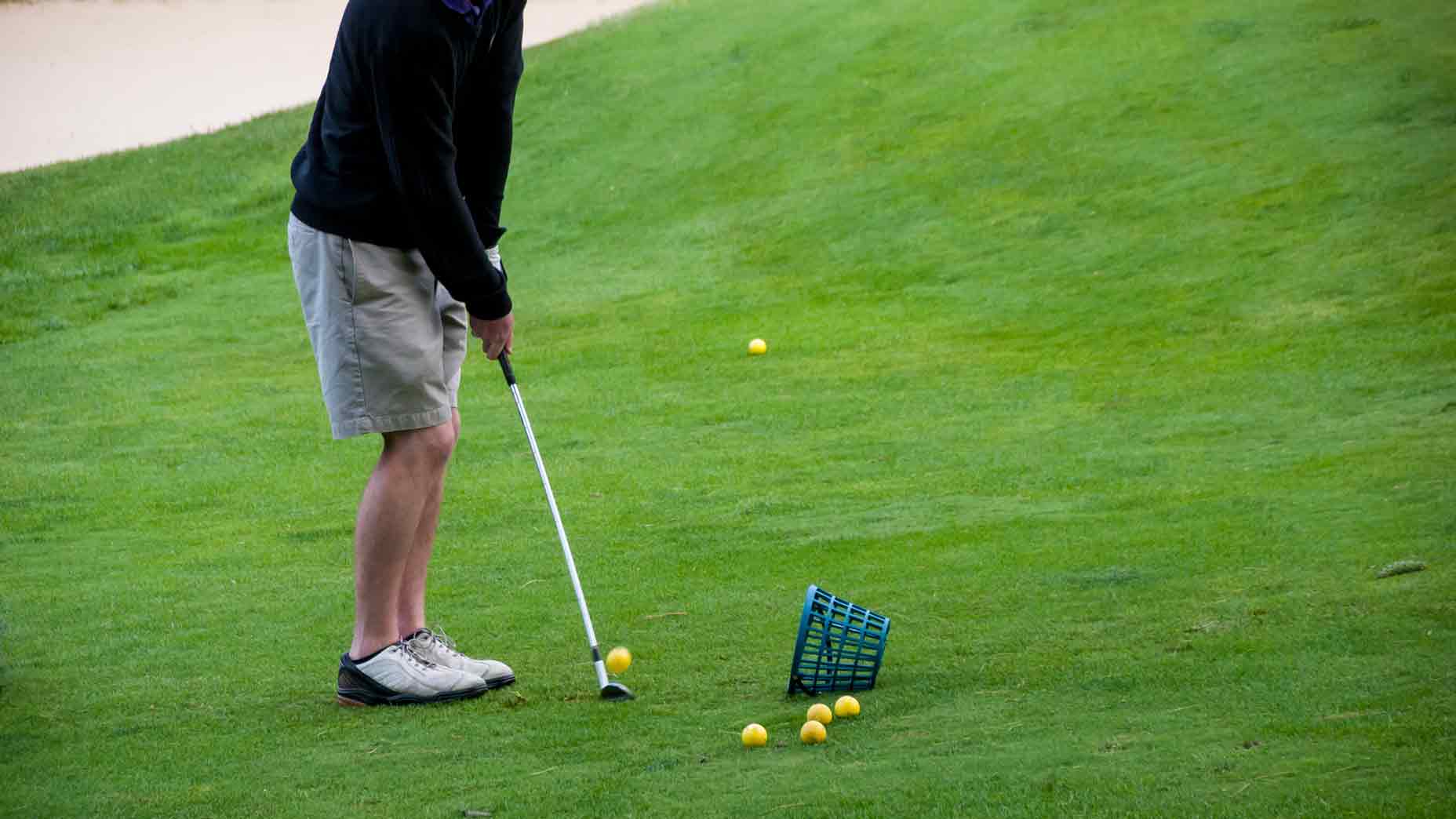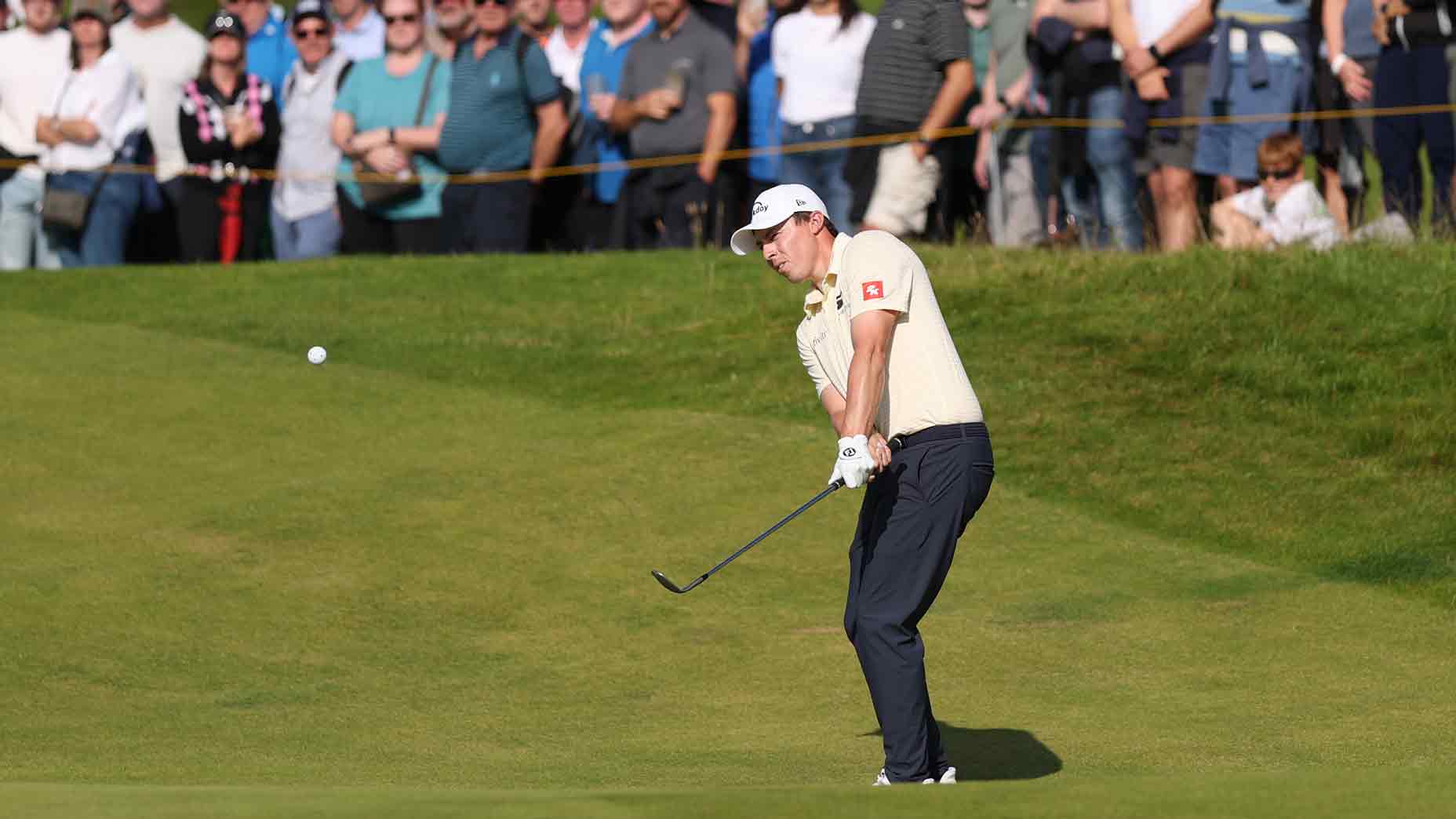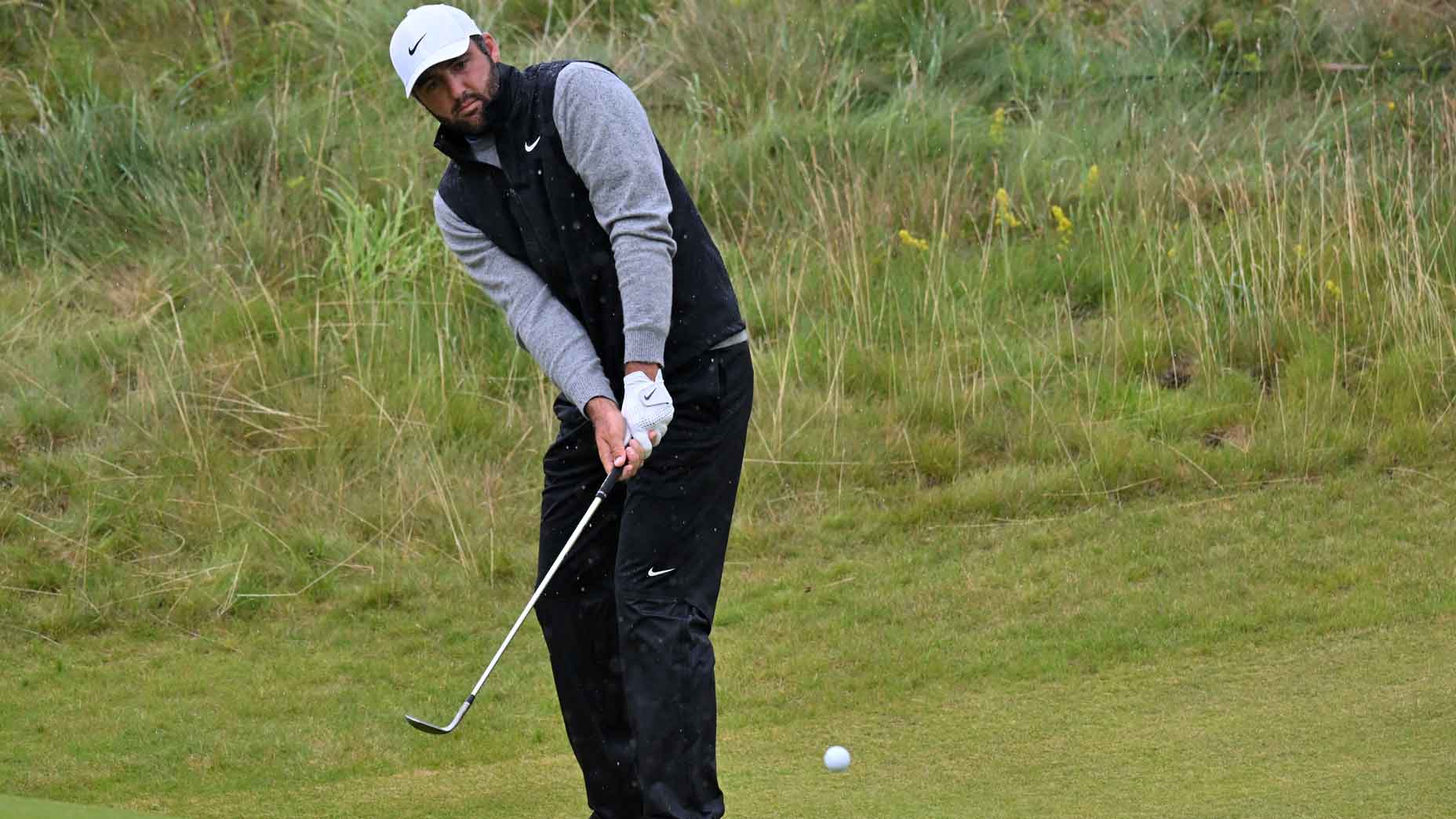 This pro’s simple wedge tip can help you make more birdies
This pro’s simple wedge tip can help you make more birdies
Here’s when practicing your putting can do more harm than good

As a golf teacher for more than 40 years, I love seeing my students out on the practice green, striving to improve their short game. They work on their putting, play games that simulate pressure-filled scenarios and hit different putts from different lengths. Awesome.
However, the thing about putting practice is — and I’m about to get real here — it can be pretty grueling if you’re fatigued. Maybe you played a long round of golf, did some yardwork or worked a full day at the office before you got to the practice green. Whatever the case, practicing putting when you’re feeling worn out might do more harm than good.
ADVERTISEMENT
If you’re determined to get some practice time in when you’re not in peak condition, opting to work on your putting when you’re a little tired is definitely a better choice than hitting full-swing shots on the range. The key is to practice the right stuff. You shouldn’t bother with trying to make 3- or 6-footers. Don’t even mess with dialing in your lag putts. Use this time to practice with a quiet, restful mind and develop your distance control and feel.
Putt a handful of balls from the center of the green toward the fringe and don’t worry about direction. Instead, work on getting the balls to end up near the edge of the green. You can even place three or four tees on the green at different locations and try to get a cluster of balls to finish relatively close to the pegs. The key is to remove the idea of making putts from the equation. Save pressure practice scenarios for when you’re rested and at your best.
To receive GOLF’s all-new newsletters, subscribe for free here.
ADVERTISEMENT





